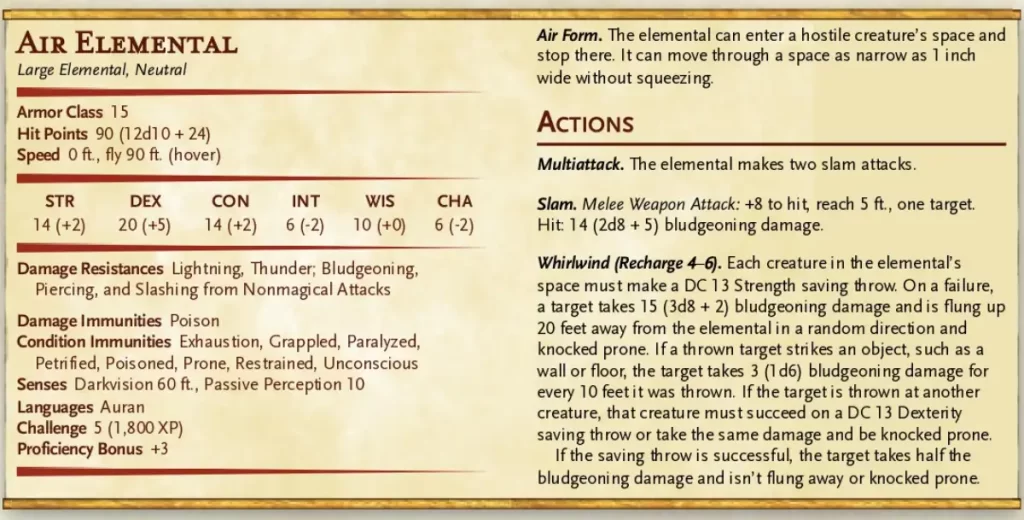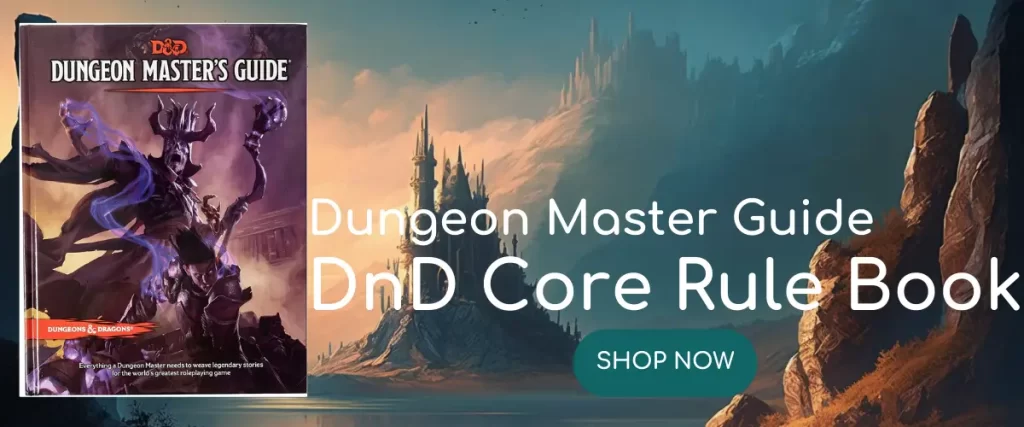Uncovering the Secrets of the Archaeologist Background
Dungeons and Dragons is a game that lets you step into a world of fantasy and adventure. One of the exciting aspects of this game is the character creation process, where players can choose from a variety of races, classes, and backgrounds to create their unique character.
The Archaeologist Background is one of the interesting background options available in Dungeons and Dragons 5e, allowing players to embody a character who is skilled in the art of archaeology. In this article, we will explore the Archaeologist Background in Dungeons and Dragons 5e in detail and give you tips on how to create your own archaeologist character.
What is the Archaeologist Background in Dungeons and Dragons 5e?
The Archaeologist Background in Dungeons and Dragons 5e is a character option that allows players to create a character who is an expert in the field of archaeology. This background is perfect for players who want to play a character who is curious about the past and loves to uncover the secrets of ancient civilizations. An archaeologist character is also skilled in the art of research, investigation, and survival.
How to Create an Archaeologist Character in Dungeons and Dragons 5e?
Creating an archaeologist character in Dungeons and Dragons 5e is easy. Here are some steps to follow:
Step 1: Choose a Race
The first step in creating an archaeologist character is to choose a race. In Dungeons and Dragons 5e, there are many races to choose from, including human, dwarf, elf, and halfling. Consider the traits of each race and choose the one that best fits your character concept.
Step 2: Choose a Class
The next step is to choose a class. An archaeologist character can be any class, but some classes are better suited for this background than others. Classes like the rogue, ranger, and bard are good choices for an archaeologist character.
Step 3: Choose a Background
The Archaeologist Background is the obvious choice for an archaeologist character. This background gives you proficiency in History and Survival skills, as well as proficiency in a language of your choice. You also gain access to the Archaeologist’s Tools, which include a trowel, brushes, picks, and a small measuring tape.
Step 4: Determine Ability Scores
Determine your character’s ability scores by rolling dice or using the standard array. An archaeologist character should have high Intelligence, Wisdom, and Dexterity scores.
Step 5: Choose Equipment
Choose equipment that fits your character concept. As an archaeologist, you might carry a backpack with supplies like a compass, rope, and rations. You might also carry a notebook and pen to record your findings.
Step 6: Determine Personality Traits, Ideals, Bonds, and Flaws
Finally, determine your character’s personality traits, ideals, bonds, and flaws. As an archaeologist, your character might be curious about the past, have a thirst for knowledge, and be willing to take risks to uncover secrets. Your character might also have a strong bond with a fellow archaeologist or be haunted by a past mistake.
FAQ: Archaeologist Background in D&D 5e
An archaeologist character in Dungeons and Dragons 5e has proficiency in History and Survival skills.
An archaeologist character in Dungeons and Dragons 5e has access to the Archaeologist’s Tools, which include a small measuring tape, trowel, brushes, and picks.
Yes, an archaeologist character can be any class, but classes like the rogue, ranger, and bard are good choices for an archaeologist character.
An archaeologist character in Dungeons and Dragons 5e should have high Intelligence, Wisdom, and Dexterity scores.
Conclusion
The Archaeologist Background in Dungeons and Dragons 5e is a fascinating character option for players who enjoy uncovering the secrets of ancient civilizations. By choosing the Archaeologist Background, players can create a character who is skilled in research, investigation, and survival. With access to the Archaeologist’s Tools and proficiency in History and Survival skills, an archaeologist character is the perfect addition to any adventuring party. Follow the steps outlined in this article to create your own archaeologist character and prepare to embark on a journey of discovery and adventure in the world of Dungeons and Dragons 5e.

Author - Jonas Nietzsch
Jonas created dungeon-heaven.com in 2022 with the idea of providing useful information to Dungeons and Dragon Players all around the world. He used to be a Dungeon Master and D&D Player. His favorite class is a wizard as it provides the most unique play style for him.









